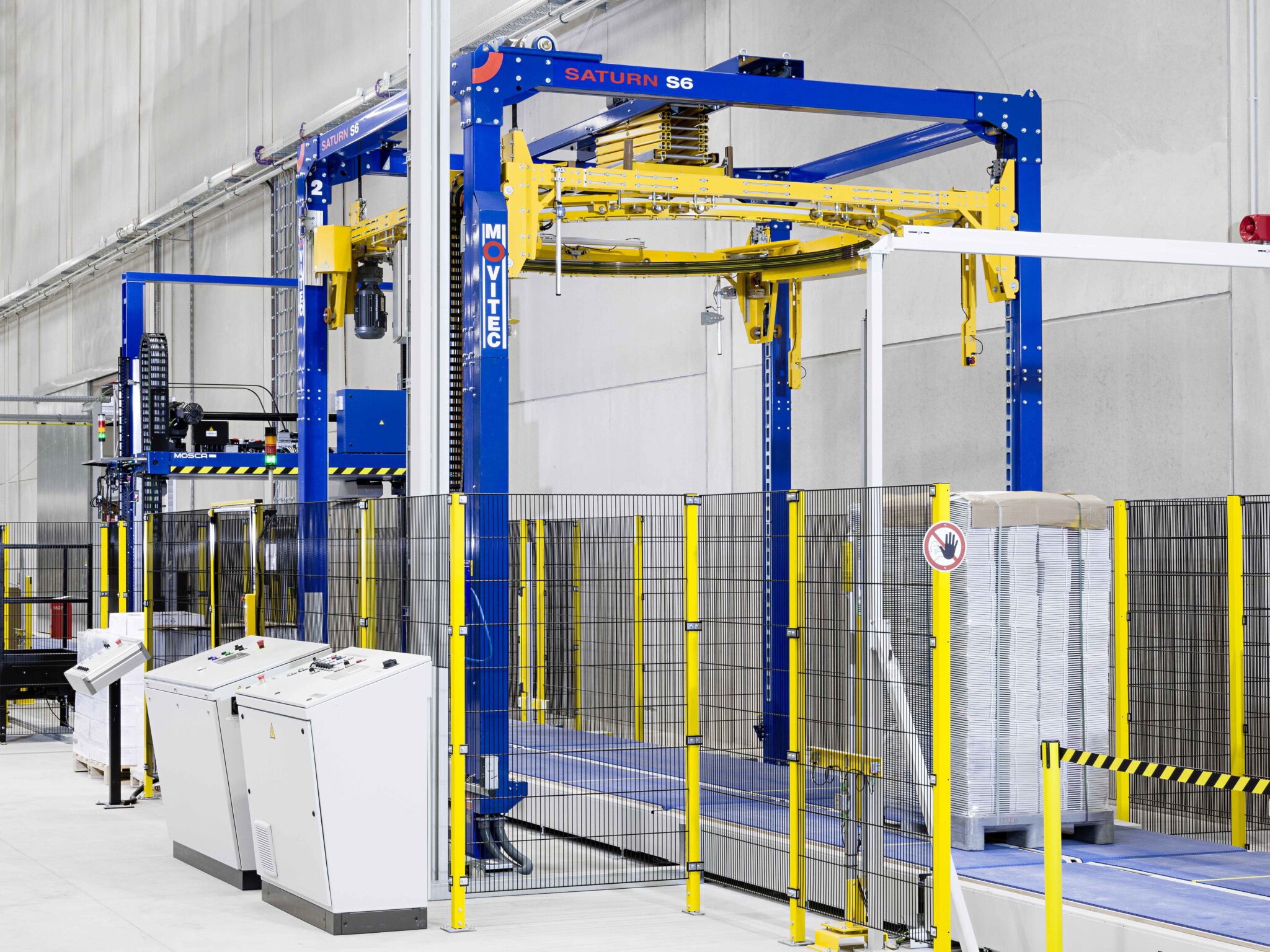SLS Bucharest Intermodal Terminal, the logistics and transport operator owned by FAN Courier, has inaugurated the first intermodal terminal in one of the most complex industrial parks in Romania.
The new investment is part of the company’s medium and long-term development strategy, announced in 2020, following its entry into the FAN Courier portfolio. The investment made by SLS Cargo in partnership with P3 has a value of 1.9 million Euros and gives the company the status of exclusive operator of this terminal. At the same time, the operational capacity of the company has increased significantly.
SLS Cargo has a total area of more than 55,000 m2 and is the second largest tenant of the P3 Industrial Logistic Parks on the A1 highway. SLS Bucharest Intermodal Terminal will reach an operational capacity of up to 750 containers per month. On a monthly basis, the terminal will be transited by 15 trains, with return routes to Constanța Port. SLS Cargo introduces the concept of ‘one window’, as it combines within its portfolio Road, Sea and Air transport services with a variety of warehousing, distributors, and customs consultancy services.
SLS Bucharest Intermodal Terminal has selected the Navis Cloud Terminal Operating System by Kaleris as its comprehensive solution to optimize operations and increase the visibility of cargo movements for carriers and clients of the terminal. The easy-to-use interface of this system will help the terminal with gate management, yard planning, tracking cargo, billing, and communicating real-time data to its carriers and other customers via Electronic Data Interchange (EDI) connections.
The Navis Cloud TOS is designed to handle various cargo types, making it highly adaptable to the terminal’s current and future needs. Powerful yet easily configurable, it provides a single, integrated view of all operations and information, helping the terminal make decisions that result in the best outcomes for its customers.
In this context, DSP – Data and System Planning, a technological Company specialized in Ports & Terminals Industry since 1986 and certified as the first Navis partner in 2007, will design the Business Process Management and act as Solution Integrator for SLS.
“When we needed a TOS for our new intermodal terminal, we knew we would get the best results with the Navis Cloud technology from Kaleris due to their extraordinary reputation and proven track record in the industry,” Mihai Stoica, CEO of SLS Cargo. “We are looking forward to implementing it at SLS Bucharest Intermodal Terminal to get a competitive edge and achieve our goal of becoming the main point in container transportation in the region.”
“We’ve been asked by SLS Cargo to design their digital platform solution to manage their operations and then to integrate the Navis Cloud TOS with their administrative and customs process,” said Marco Fehmer DSP CEO, “We will walk with SLS Cargo hand by hand through this digitalization journey putting at disposal all our experience, competence and innovation attitude to return the most possible value from the TOS.







